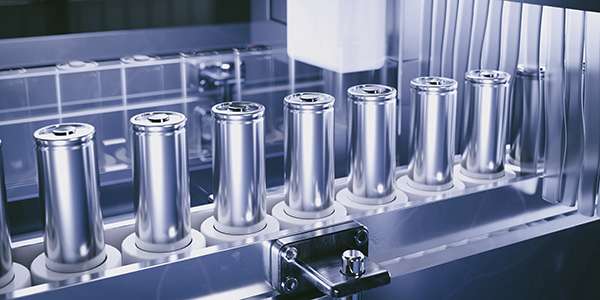Basics of Lithium-ion Battery Cell
Lithium-ion Battery cells are the fundamental building blocks of lithium-ion (Li-ion) batteries used in various applications, including electric vehicles (EVs), portable electronics, and renewable energy storage. Typical Li-Ion batteries contain key components like cathode, anode, separator, and electrolyte.
Importance of Filtration in Lithium-ion Battery Cell Manufacturing
Filtration is crucial for enhancing battery quality and performance to remove contaminants and gels from solvents, water, and high-viscosity slurries used in electrode production. Filters are also necessary to eliminate particle contamination during electrolyte filling. To ensure the electrolyte's integrity, it is advisable to pass the carrier gas through a Pall gas purifier to reduce moisture levels to less than 1 ppb.
What is the lithium-ion battery manufacturing process?
Pall Corporation: Filtration experts in Li-ion Battery Cell Manufacturing & Assembly
Battery production involves manufacturing the electrodes, stacking, and electrolyte filling processes as shown in the schematic below. Each step requires a specific filtration solution to ensure the battery provides the optimum performance in terms of charging capacity and service life.
Steps in Battery Cell Manufacturing
Electrode Manufacturing Process
- The electrode manufacturing process (cathode anode) requires the removal of metal ions from solvents and DI water. Pall Ionkleen® purifiers play an important role in reducing traced ppb level to ppt
Filtration for the Electrolyte Filling Process
- Battery electrolytes, including LiPF6 or LiBF4 in organic solvents, can have undissolved salts that need filtration. Pall offers various filter media, such as PTFE, HDPE, and PP, remove these harmful contaminants.
- For most applications, PTFE and HDPE membranes work well. If you need greater than 1 μm filtration, consider our polypropylene options.
Lithium-Ion Battery Cell Manufacturing Process
Moisture removal from carrier gases with Pall Gas purifiers
Moisture removal from carrier gases with Pall Gas purifiers Nitrogen (N2) and argon (Ar) are commonly used as carrier gases when filling electrolytes. Moisture in these gases or the electrolyte can lead to the formation of hydrofluoric acid (HF), which can corrode equipment and battery components. Pall Gaskleen® purifiers can reduce moisture in inert gases from ppm levels to less than 1 ppb, These purifiers also include particle removal filters for added protection. Pall offers a range of purifiers for various flow rates. We also provide advanced filters for electrolyte production and separator materials in addition to those for lithium-ion battery cell manufacturing.
Learn more about the solution that can support your applications or contact an expert today.
For more information on improving the efficiency of your processes, contact our team of filtration experts.






